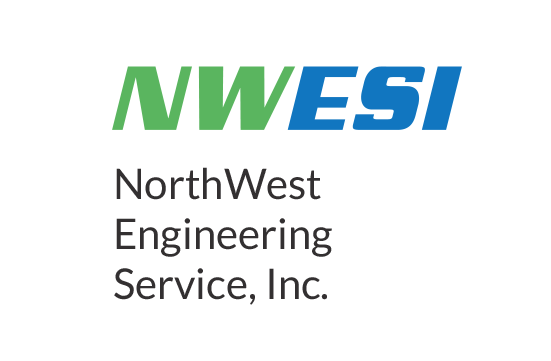Oregon OSHA issued a temporary rule in effect January 6th, 2021, that required all employers to develop a COVID plan. Part of this plan was to include a verification of the HVAC systems operation and to maximize the amount of outside air that the HVAC systems were introducing into the spaces.
Recently, we’ve seen issues from facility teams that simply opened the outside air (OSA) damper to 100%; this could cause serious ventilation and equipment problems during the winter months, and we’re beginning to see operational issues now. Read below for the rule overview, and why expert consultations may be necessary to mitigate issues stemming from COVID-19 facility adjustments.
Due to the evolving situation, we advise visiting Oregon OSHA for the most up to date info on state requirements and recommendations.
Overview of OSHA’s Temporary Standard for COVID-19
To comply with the workplace ventilation rule OAR 437-001-0744(3)(f), employers must:
No later than January 6, 2021, “the employer must optimize the amount of outside air circulated through its existing heating, ventilation, and air conditioning (HVAC) systems, to the extent the system can do so when operating as designed.”
This request may result in controls or facility personnel opening the OSA damper to 100%. While this may technically meet the new rule, doing so has the potential to create significant problems.
- It will likely over ventilate the spaces resulting in significantly increased energy costs.
- It may also cause damage to the system in colder or freezing temperatures. It is probable that systems will shut down due to freezing protection controls or that heating & cooling coils will freeze, resulting in leaking water that can disable the system in its entirety, and potentially lead to costly repairs.
Further analysis of this rule illustrates the parameters that facilities must meet. It is important to note:
- Facilities are not required to set OSA dampers to 100%.
- Facilities are not required to meet ASHRAE 62.1 or 62.2, but to determine how close they can get.
- Facilities do not need to install new ventilation equipment.
Meeting the Facility Ventilation Requirement
In order to meet the requirements, facilities must show that the ventilation for their facility has been optimized per its design intent and for facility type. This, again, does not mean to set OSA dampers open 100%, but to ensure that the HVAC is optimized to intake fresh air per its design. The individual zone airflow(s) must meet the design intent as well. Other maintenance tasks such as maintaining air filters and functional OSA intakes are also needed. Completing these steps will put facilities in accordance with the 3(f) workplace requirement.
FACILITY VENTILATION ASSISTANCE
We urge your facilities staff to set ventilation rates per your facility’s type and design. Meeting this rule is necessary for the health of staff and personnel in curbing COVID-19 spread.
Performing a ventilation survey and making adjustments appropriate for your facility will reduce the likeliness of incorrect adjustments that will result in higher energy cost now, and potential repair costs when the weather turns cold. NorthWest Engineering Service, Inc. can help your facilities determine the ventilation standards that apply to your facility and recommend appropriate actions to meet these compliance requirements.
Oregon Health Care Association Ventilation and Resources
Oregon OSHA Resources
Oregon OSHA Fact Sheet Temporary Standard for all Workplaces
Published January 2021. Updated June 2021.



